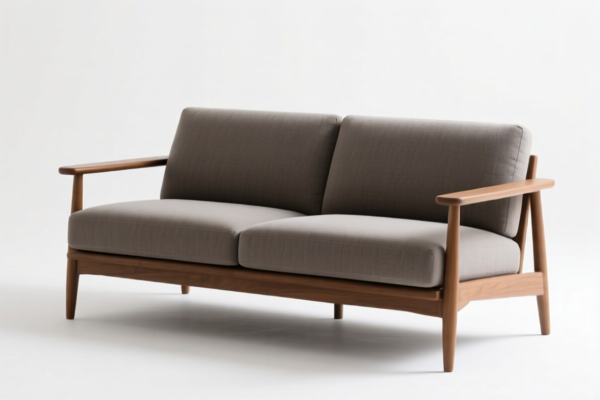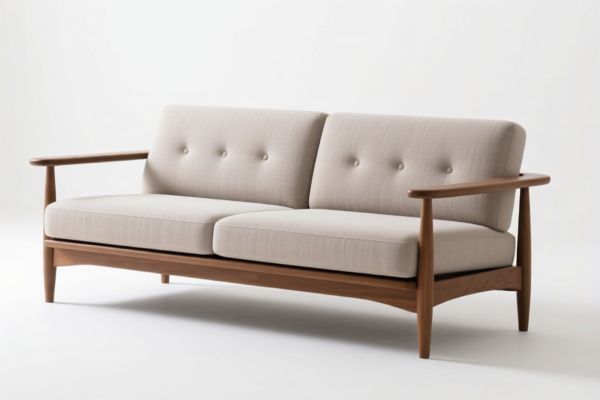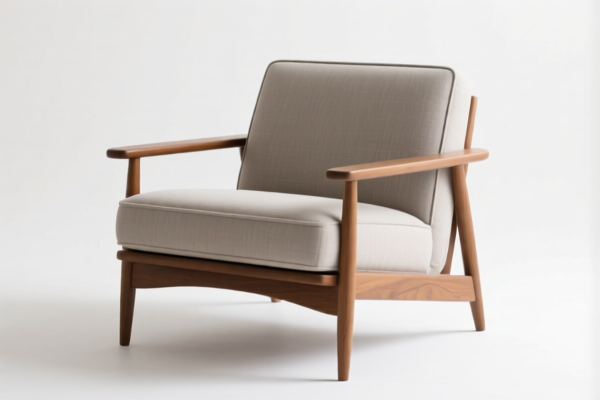| HS Code | Official Doc | Tariff Rate | Origin | Destination | Effective Date |
|---|---|---|---|---|---|
| 8425490000 | Doc | 55.0% | CN | US | 2025-05-12 |
| 8425190000 | Doc | 55.0% | CN | US | 2025-05-12 |
| 8430690100 | Doc | 55.0% | CN | US | 2025-05-12 |
| 8430505000 | Doc | 55.0% | CN | US | 2025-05-12 |
| 4205000500 | Doc | 57.9% | CN | US | 2025-05-12 |
| 4205001000 | Doc | 55.0% | CN | US | 2025-05-12 |
| 4420908000 | Doc | 58.2% | CN | US | 2025-05-12 |
| 7326908605 | Doc | 82.9% | CN | US | 2025-05-12 |
| 7326908676 | Doc | 82.9% | CN | US | 2025-05-12 |
| 7323997000 | Doc | 60.3% | CN | US | 2025-05-12 |
| 7323999080 | Doc | 83.4% | CN | US | 2025-05-12 |




Furniture Mover
A furniture mover is a tool or device designed to facilitate the repositioning of heavy furniture and other bulky objects. These tools aim to reduce physical strain and prevent damage to both the object being moved and the flooring surface.
Materials
Furniture movers are constructed from a variety of materials depending on their type and intended load capacity. Common materials include:
- Plastic: Often used for sliders and low-profile movers, providing a smooth surface and protecting floors. Typically high-density polyethylene (HDPE) or polypropylene.
- Metal: Frequently found in dollies and lifting straps, offering strength and durability. Common metals include steel and aluminum.
- Rubber: Used in grips, pads, and wheels to enhance friction, prevent slipping, and protect surfaces.
- Fabric: Used in straps for lifting and securing furniture. Common fabrics include nylon and polyester.
- Wood: Historically used in some dolly constructions, but less common in modern designs.
Purpose
The primary purpose of a furniture mover is to simplify the process of moving furniture, reducing the effort and risk associated with lifting, dragging, or carrying heavy items. They serve to:
- Reduce Physical Strain: Minimize the need for heavy lifting, decreasing the risk of back injuries and muscle strain.
- Protect Flooring: Prevent scratches, dents, and other damage to floors during movement.
- Protect Furniture: Reduce the risk of damage to furniture legs, corners, and surfaces.
- Increase Efficiency: Enable faster and easier relocation of furniture.
Function
Furniture movers function through various mechanisms:
- Rolling: Dollies utilize wheels to roll furniture across a surface, significantly reducing friction.
- Sliding: Sliders reduce friction by creating a low-friction surface between the furniture and the floor.
- Lifting: Straps provide leverage to lift furniture, allowing for controlled movement.
- Leverage: Certain movers use leverage principles to aid in lifting and maneuvering furniture.
Usage Scenarios
- Home Relocation: Moving furniture between rooms or houses.
- Rearranging Furniture: Changing the layout of a room.
- Cleaning: Moving furniture to facilitate floor cleaning.
- Renovations: Temporarily relocating furniture during home improvement projects.
- Commercial Settings: Moving furniture in offices, retail spaces, and other businesses.
Common Types
- Furniture Sliders: Flat, low-profile pads placed under furniture legs to allow for easy sliding. Available in various sizes and materials (plastic, felt, rubber).
- Furniture Dollies: Platforms with wheels used to roll furniture. Types include:
- Appliance Dollies: Designed for heavy appliances, with straps to secure the load.
- Standard Dollies: General-purpose dollies for various furniture types.
- Stair Climbing Dollies: Equipped with multiple wheels to navigate stairs.
- Furniture Lifting Straps: Straps with handles that provide leverage to lift and carry furniture. Often used in pairs.
- Furniture Moving Blankets/Pads: Protective coverings used to wrap furniture, preventing scratches and dents during transport.
- Forearm Forklift Straps: Straps designed to distribute the weight of furniture across the forearms, reducing strain on the back.
- Air Lift Movers: inflatable bags that lift furniture, allowing for easy maneuvering.
Based on the provided information, “furniture mover” can be classified under several HS codes, depending on the specific type and function of the mover. Here's a breakdown of relevant classifications:
- 8425490000: This HS code covers “Pulley tackle and hoists other than skip hoists; winches and capstans; jacks: Jacks; hoists of a kind used for raising vehicles: Other”. If the furniture mover utilizes a hoist mechanism for lifting, particularly if it’s designed for vehicle lifting (which could include furniture transport vehicles), this code may be applicable. The total tax rate is 55.0%, comprising a 0.0% base tariff and a 25.0% additional tariff, increasing to 30.0% after April 2, 2025.
- 8425190000: This HS code covers “Pulley tackle and hoists other than skip hoists or hoists of a kind used for raising vehicles: Other”. If the furniture mover employs a pulley tackle or hoist system but isn’t specifically for raising vehicles, this code is relevant. The tax rate is also 55.0%, with a 0.0% base tariff and a 25.0% additional tariff, rising to 30.0% after April 2, 2025.
- 8430690100: This HS code covers “Other moving, grading, leveling, scraping, excavating, tamping, compacting, extracting or boring machinery, for earth, minerals or ores; pile-drivers and pile-extractors; snowplows and snowblowers: Other machinery, not self-propelled: Other”. If the furniture mover is a non-self-propelled machine used for moving furniture, this code could apply. The tax rate is 55.0%, consisting of a 0.0% base tariff and a 25.0% additional tariff, increasing to 30.0% after April 2, 2025.
Important Considerations:
- The distinction between 8425490000 and 8425190000 hinges on whether the furniture mover is specifically designed for raising vehicles.
- If the furniture mover is self-propelled, HS code 8430505000 (“Other machinery, self-propelled: Other”) might be applicable, with a 55.0% tax rate.
- Please carefully assess the functionality and design of the furniture mover to determine the most accurate HS code.
Customer Reviews
No reviews yet.